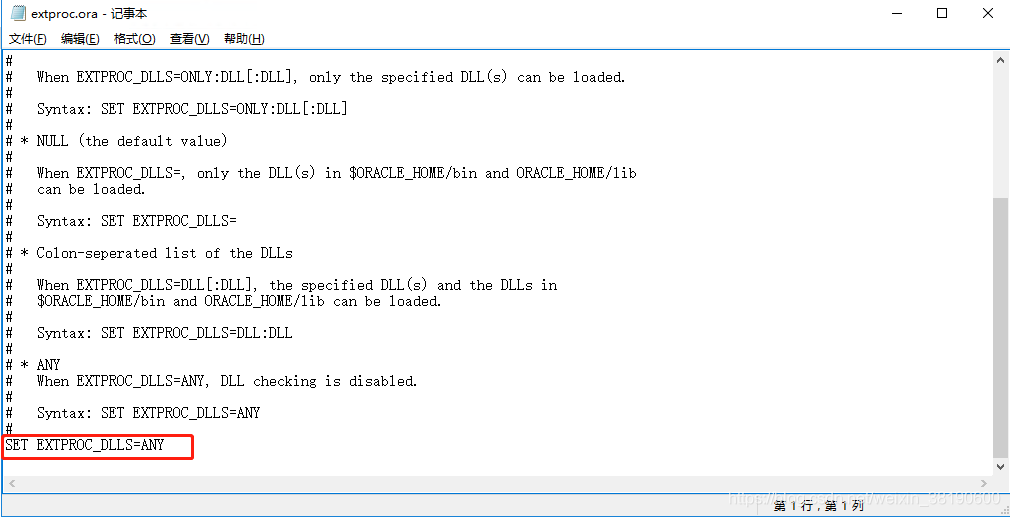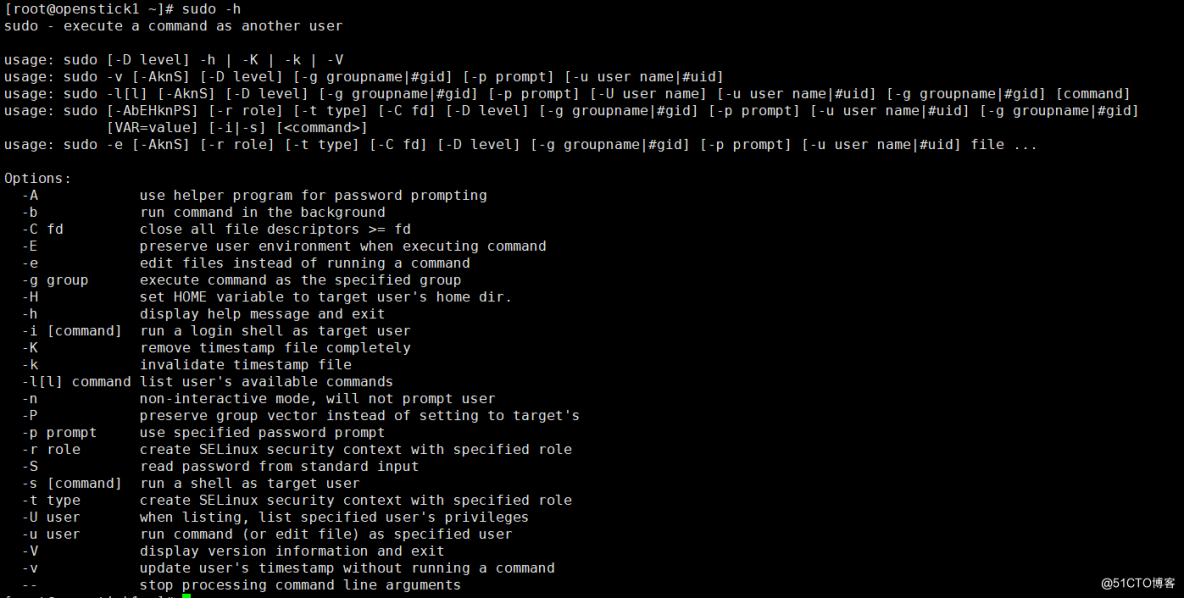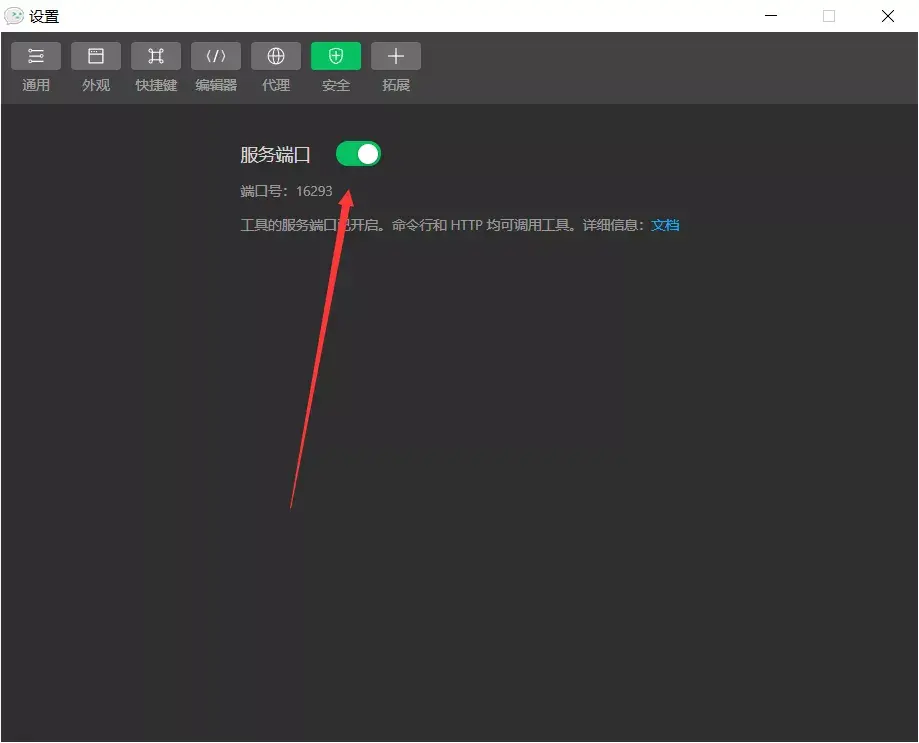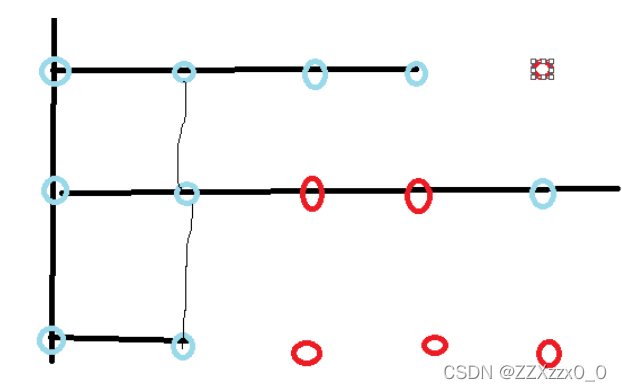当前位置:网站首页>Speex Wiener filter and rewriting of hypergeometric distribution
Speex Wiener filter and rewriting of hypergeometric distribution
2022-04-23 19:28:00 【ToneChip】
At present, noise reduction algorithms are being studied
There is a paragraph about Wiener filtering and hypergeometric distribution, which takes a lot of time to calculate , Look at the original code PDIV32_16,SHL32,EXTEND32 Wait, these macro definitions look annoying , Let's use the original format directly float Of C Rewrite the language directly
The text is as follows
//N = 128; M = 24
for (i = 0; i < N; i++)
{
spx_word32_t MM;
spx_word32_t theta;
spx_word16_t prior_ratio;
spx_word16_t tmp;
spx_word16_t p;
spx_word16_t g;
/* Wiener filter gain Wiener filtering prior_snr= prior_snr /(prior_snr +1) */
prior_ratio = PDIV32_16(SHL32(EXTEND32(st->prior[i]), 15), ADD16(st->prior[i], SHL32(1, SNR_SHIFT)));
// Hypergeometric distribution gain parameter theta= prior_snr *(1+post_snr);
theta = MULT16_32_P15(prior_ratio, QCONST32(1.f, EXPIN_SHIFT) + SHL32(EXTEND32(st->post[i]), EXPIN_SHIFT - SNR_SHIFT));
/* Optimal estimator for loudness domain
Hypergeometric distribution gain MM=exp(-theta/2)*[(1+theta)*I0(theta/2)+theta*I1(theta/2)]; among I0 and I1 It's a Bessel function
*/
MM = hypergeom_gain(theta);
/* EM gain with bound gain g=min(1,prior_ratio*mm) */
g = EXTRACT16(MIN32(Q15_ONE, MULT16_32_Q15(prior_ratio, MM)));
/* Interpolated speech probability of presence */
p = st->gain2[i]; //gain2 It is the gain after the gain calculated from the critical frequency is extended to the linear frequency domain
/* Constrain the gain to be close to the Bark scale gain Limit Gain Values in Bark Domain gain
Constraint gain : If g/3>st->gain be g=3*st->gain
*/
if (MULT16_16_Q15(QCONST16(.333f, 15), g) > st->gain[i])
{
g = MULT16_16(3, st->gain[i]);
}
st->gain[i] = g; // If gain<gain_floor be gain =gain_floor
/* Save old power spectrum */
st->old_ps[i] = MULT16_32_P15(QCONST16(.2f, 15), st->old_ps[i]) + MULT16_32_P15(MULT16_16_P15(QCONST16(.8f, 15), SQR16_Q15(st->gain[i])), ps[i]);
/* Apply gain floor */
if (st->gain[i] < st->gain_floor[i])
{
st->gain[i] = st->gain_floor[i];
}
st->gain2[i] = powf(st->gain[i], p) * powf(st->gain_floor[i], 1.f - p); //=0.112ms
}
It was rewritten as follows
//N = 128; M = 24
for (i = 0; i < N; i++)
{
spx_word32_t MM;
spx_word32_t theta;
spx_word16_t prior_ratio;
spx_word16_t tmp;
spx_word16_t p;
spx_word16_t g;
/* Wiener filtering */
prior_ratio = st->prior[i] / (st->prior[i] + 1.0f);
// Hypergeometric distribution gain parameter
theta = prior_ratio * (1.0f + st->post[i]);
/* Optimal estimator for loudness domain
Hypergeometric distribution gain MM=exp(-theta/2)*[(1+theta)*I0(theta/2)+theta*I1(theta/2)]; among I0 and I1 It's a Bessel function
*/
MM = hypergeom_gain(theta);
/* EM gain with bound gain g=min(1,prior_ratio*mm) */
g = MIN32(Q15_ONE, prior_ratio * MM);
/* Interpolated speech probability of presence Calculate the weight or probability */
p = st->gain2[i]; //gain2 It is the gain after the gain calculated from the critical frequency is extended to the linear frequency domain
/* Constrain the gain to be close to the Bark scale gain Limit Gain Values in Bark Domain gain
Constraint gain : If g/3>st->gain be g=3*st->gain
*/
if ( (0.333f * g) > st->gain[i])
{
g = 3.0f * st->gain[i];
}
st->gain[i] = g; // If gain<gain_floor be gain =gain_floor
/* Save old power spectrum */
st->old_ps[i] = 0.2f * st->old_ps[i] + 0.8f * st->gain[i] * st->gain[i] * ps[i];
/* Apply gain floor */
if (st->gain[i] < st->gain_floor[i])
{
st->gain[i] = st->gain_floor[i];
}
/* Use this if you want a log-domain MMSE estimator instead */
/* Final amplitude spectral gain gain2={p*sqrt(g)+(1-p)*sqrt(st->gain_floor )}^2 */
gpio_output(GPIO37, 1);
st->gain2[i] = powf(st->gain[i], p) * powf(st->gain_floor[i], 1.f - p); //=0.112ms Occupy 85%
gpio_output(GPIO37, 0);
}
版权声明
本文为[ToneChip]所创,转载请带上原文链接,感谢
https://yzsam.com/2022/04/202204231923488711.html
边栏推荐
- MySQL syntax collation
- Decompile and get the source code of any wechat applet - just read this (latest)
- 深度分析数据恢复原理——那些数据可以恢复那些不可以数据恢复软件
- @MapperScan与@Mapper
- js上传文件时控制文件类型和大小
- White screen processing method of fulter startup page
- 【h264】libvlc 老版本的 hevc h264 解析,帧率设定
- Transaction processing of SQL Server database
- OpenHarmony开源开发者成长计划,寻找改变世界的开源新生力!
- Kubernetes入门到精通-KtConnect(全称Kubernetes Toolkit Connect)是一款基于Kubernetes环境用于提高本地测试联调效率的小工具。
猜你喜欢

山大网安靶场实验平台项目-个人记录(五)

Oracle configuration st_ geometry

Application of DCT transform

Command - sudo

MySQL syntax collation (5) -- functions, stored procedures and triggers

Zero cost, zero foundation, build profitable film and television applet

Openharmony open source developer growth plan, looking for new open source forces that change the world!

Lottery applet, mother no longer have to worry about who does the dishes (assign tasks), so easy

Deep learning -- Summary of Feature Engineering

2021-2022-2 ACM集训队每周程序设计竞赛(8)题解
随机推荐
UML类图几种关系的总结
@MapperScan与@Mapper
Openlayers draw rectangle
JVM的类加载过程
Core concepts of rest
Audio signal processing and coding - 2.5.3 the discrete cosine transform
Quick start to static class variables
Openharmony open source developer growth plan, looking for new open source forces that change the world!
Common processing of point cloud dataset
Network protocol: SCTP flow control transmission protocol
HTTP cache - HTTP authoritative guide Chapter VII
深度分析数据恢复原理——那些数据可以恢复那些不可以数据恢复软件
js 计算时间差
高效的串口循环Buffer接收处理思路及代码2
Codeforces Round #784 (Div. 4)
山大网安靶场实验平台项目—个人记录(四)
Pit encountered using camera x_ When onpause, the camera is not released, resulting in a black screen when it comes back
MySQL syntax collation (3)
Strange problems in FrameLayout view hierarchy
ArcMap连接 arcgis server